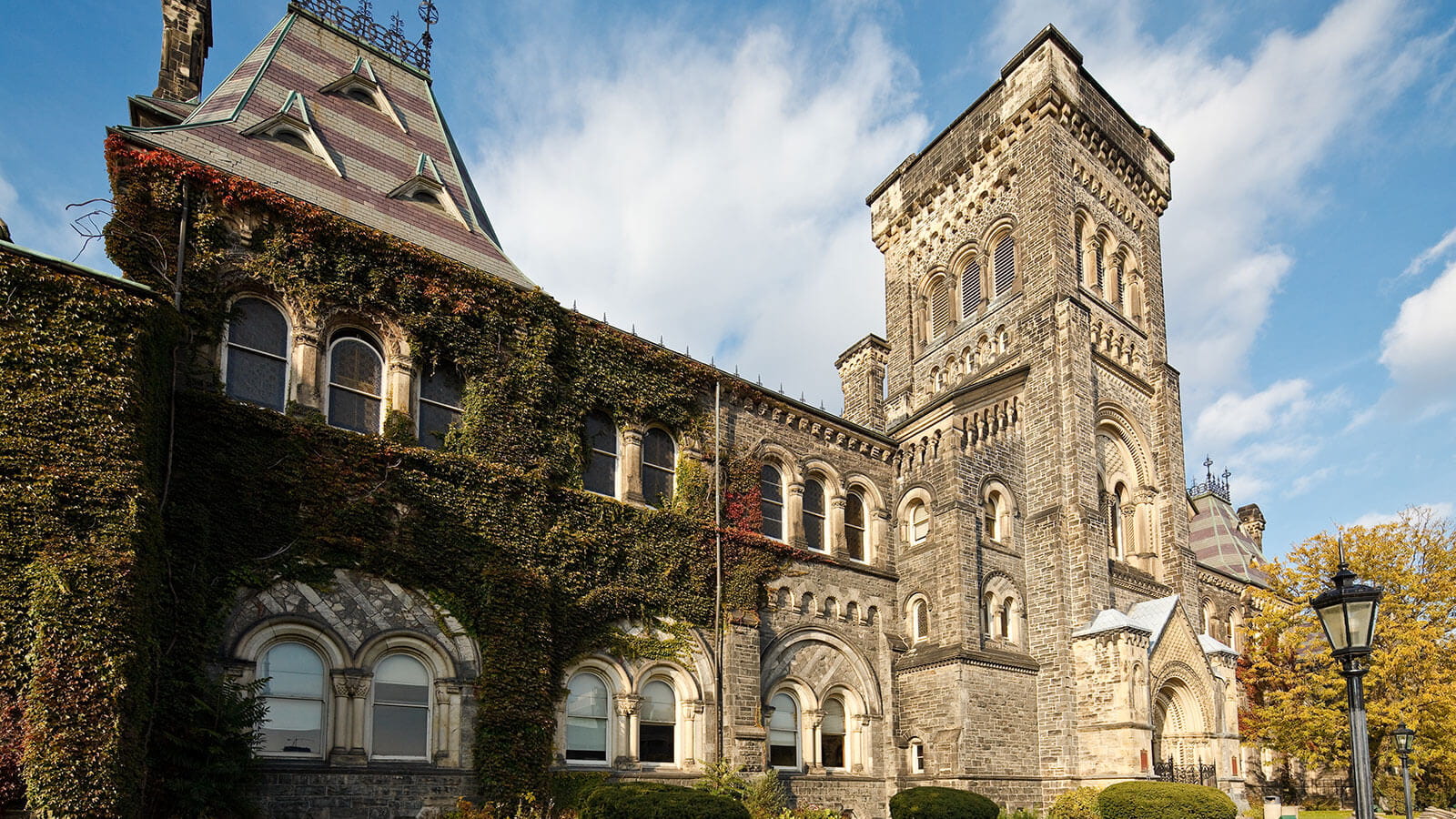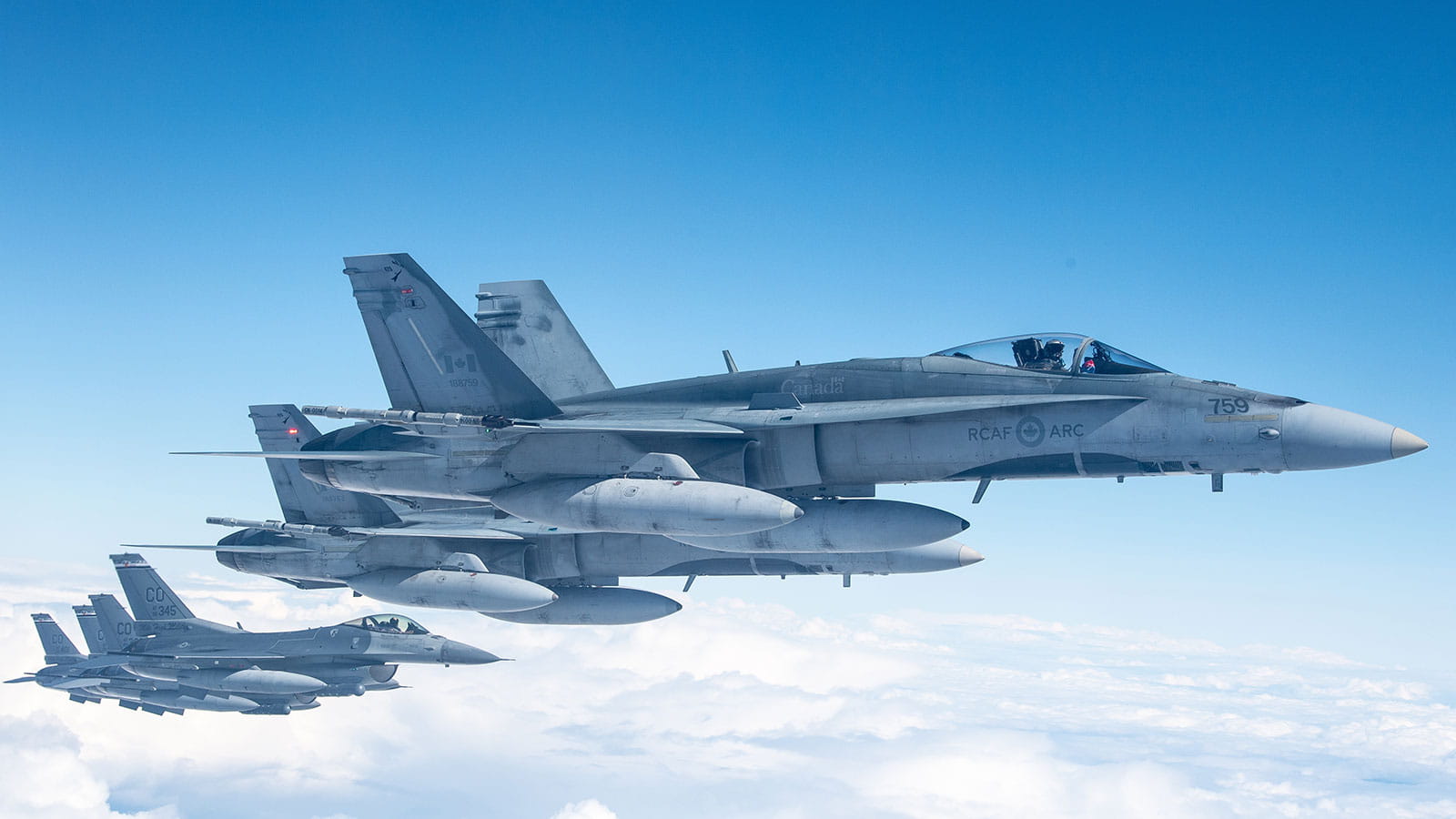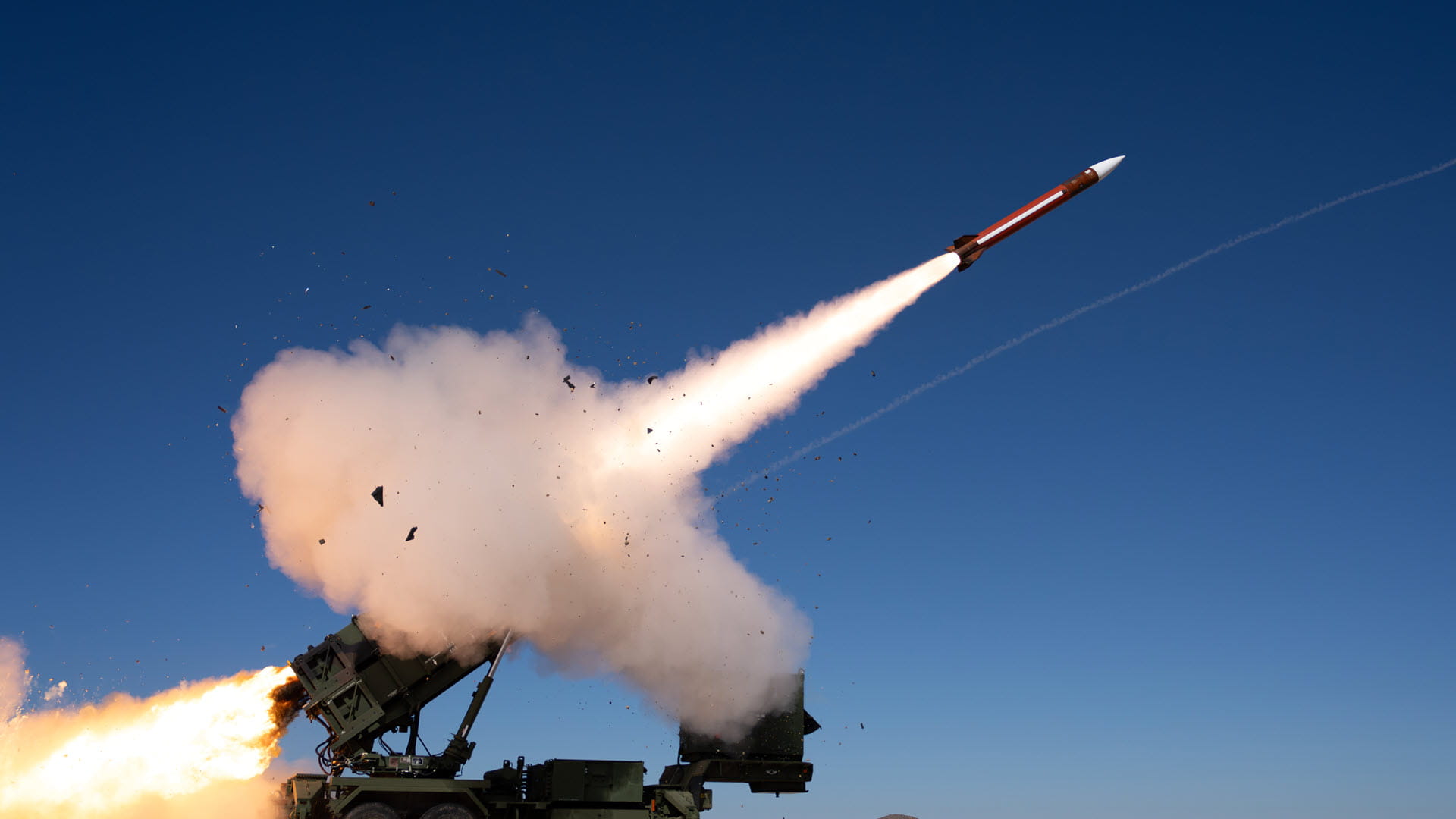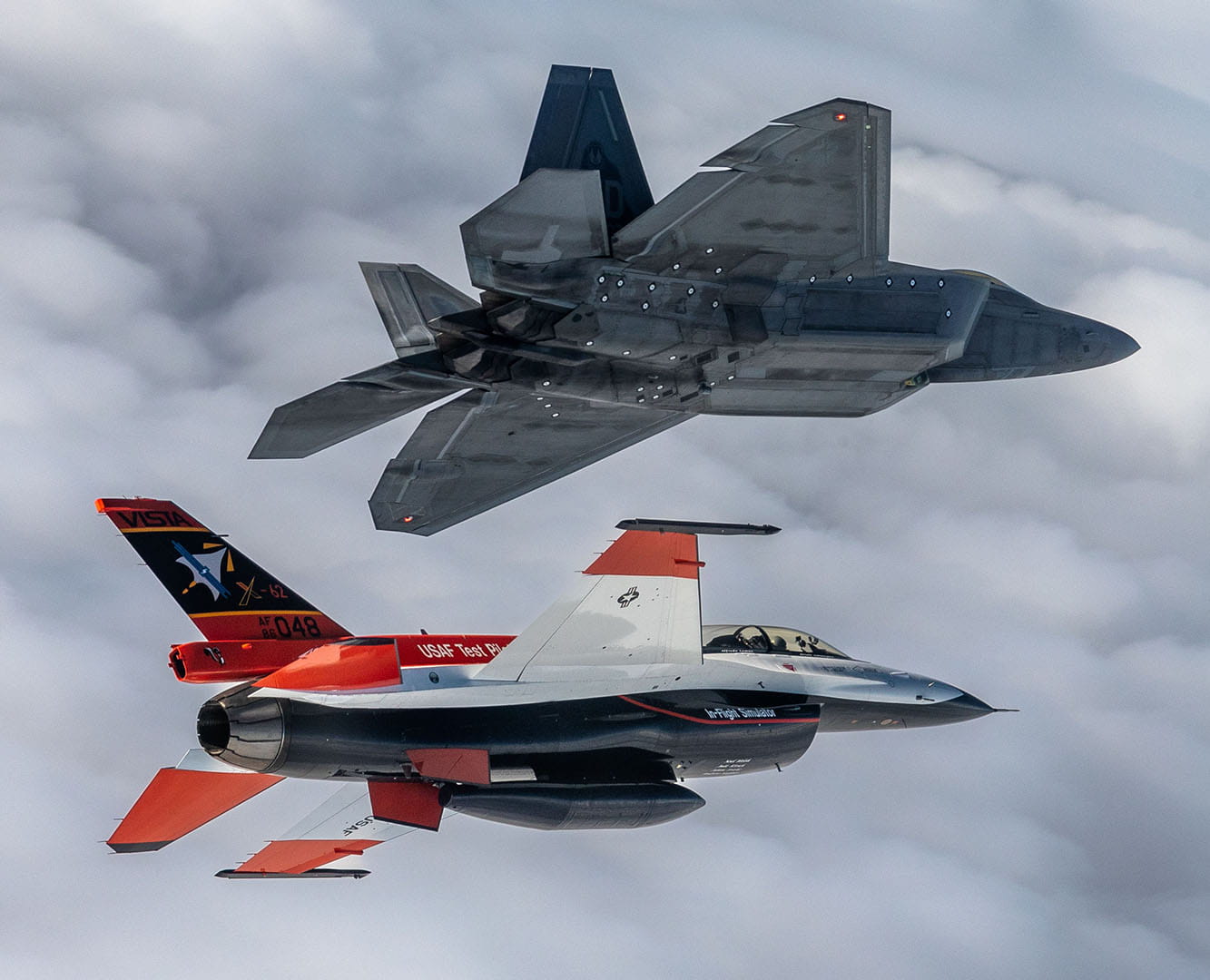Raytheon Technologies in Canada: A focal point for defence, sustainable aviation and community building
Raytheon Technologies has become one of the top 10 defence companies in Canada, according to the Canadian Defence Review. And it's clear to see why – with 8,000 employees in country, the company, which includes Pratt & Whitney, Collins Aerospace, Raytheon Canada and Raytheon ELCAN, has expanded its presence in Canada and broadened the portfolio of what it can offer to Canadian customers.
For Louis Brunet, director of corporate development in Canada for Collins Aerospace, there’s a lot to be excited about as the businesses begin realizing the advantages of the merger that brought them together.
“Following the merger, we are now one of the top defence companies in Canada with employees in nearly every province,” Brunet said. “Not only is this good for the company, it also provides our employees with more ways to expand their professional horizons.”
Sustainable aviation

Raytheon Technologies has worked with the Canadian government to develop a sustainability strategy for its aviation sector.
There’s a green technology transformation underway in commercial aviation. The combined capabilities of Raytheon Technologies can play a significant role in that revolution, not just in Canada, but worldwide.
One of the key collaborations taking place inside the company is the electrification of flight. Experts are working to make hybrid-electric propulsion a reality for the next generation of commercial engines. Raytheon Technologies is uniquely positioned to lead aerospace in electrification in commercial aviation through the combination of Collins’ expertise in aviation electrical systems and Pratt & Whitney’s propulsion system manufacturing and integration capabilities.
Currently both Pratt & Whitney and Collins Aerospace along with industry partners are working on a 163 million Canadian dollar project supported by the governments of Canada and Quebec to develop a regional aircraft-scale hybrid-electric demonstrator with De Havilland Aircraft of Canada. Pratt & Whitney will target ground testing in 2022, leading to flight testing of the demonstrator in 2024.
The new hybrid-electric propulsion technology will drive significant improvements in aircraft efficiency by optimising performance across the different phases of flight targeting 30% reduction in fuel and CO2 emissions for a regional airliner.
Another area of collaboration is on display aboard the Airbus A220 aircraft, which combines Pratt & Whitney’s fuel-efficient Geared Turbofan engine with avionics from Collins Aerospace that help pilots optimise their routes and air traffic controllers coordinate the skies, driving down unnecessary fuel burn and wasteful holding patterns.
“It’s not any one single thing in and of itself that’s going to make that transition to sustainable aviation,” Brunet said. “But collectively, these are areas that are certainly in the core competencies and capabilities of both Collins and Pratt & Whitney.”
Raytheon Technologies was also among the companies that worked as part of the Aerospace Industries Association of Canada to help the Canadian government develop an aerospace strategy for its aviation sector. The result: Canada will contribute CA$2 billion in funding to research and development, with much of that going toward developing more sustainable technologies.
“There’s a lot of opportunity in Canada and ample room for us to grow,” Brunet said. “The government support given our industry, in combination with a well-trained and diverse workforce, well positions Canada as an attractive home for aerospace and defence business. It’s up to us to seize the day.”
Defence

The CH-147 is being outfitted for the Canadian military. With Collins Aerospace already providing the complete avionics suite, and Raytheon Canada managing most of the maintenance for the helicopter, there is great potential for the businesses to deliver integrated solutions.
The Canadian military wants more than just planes, ships and land vehicles. They want those platforms integrated, with all the ancillary systems – radars, jammers, optics, navigation and more – on board and working together, not to mention an in-country service and support package to sustain them.
Collins Aerospace, Raytheon ELCAN and Raytheon Canada are about to help make that happen.
“We’re partnering with other companies to be a lead integrator and provide the overall solution to air, land and sea. As we’re seeing the complexity in technology increase, we really see a focus on that integrated solution,” said Terry Manion, vice president and general manager of Raytheon Canada.
The businesses, each with a strong history of working within Canada, see opportunity for collaboration on initiatives such as the CH-147, a multi-mission helicopter originally designed for the U.S. Army but now being outfitted to meet the requirements of Canada’s Medium-to-Heavy Lift Helicopter programme.
Collins Aerospace already provides the CH-147’s complete avionics suite, and Raytheon Canada manages most of the maintenance support and the warehousing of the service support team.
“There’s obviously future opportunity there for us to work together when that contract comes for renewal in terms of providing a better, more integrated turnkey solution,” said Brunet. “That combined capability between Raytheon Canada and Collins can greatly improve our customer support and service.”
Pratt & Whitney also supports the Canadian government fleet and military operators with more than 380 engines in service on more than 200 aircraft.
Community building

Raytheon Technologies partners with the University of Toronto and several other academic institutions to advance research and development.
Raytheon Technologies invests in the communities where its employees live and work, both to strengthen local economies and to develop a future workforce of innovators.
“We’re big believers in the STEM and internship programmes. These help build the pipeline of educated and talented people who could come and work for us,” said Manion. “We’re also involved in various local charities. All of this helps build the communities.”
To date, Raytheon Technologies’ investments in communities across Canada include:
- Pratt & Whitney Canada’s annual investment of over CA$500 million in research and development, and its more than CA$1 billion spent on research into high-performance engines since 2014.
- Raytheon Canada and Pratt & Whitney Canada employees’ volunteer work with Let’s Talk Science, FIRST Robotics and Girls Who Code.
- Pratt & Whitney Canada’s more than CA$1 million annual corporate giving and collaboration with more than 75 universities and charitable institutions in Canada.
- Raytheon ELCAN’s contributions to strategic research and development each year through direct research and long-term partnerships with University of Toronto, University of Waterloo and Royal Military College.
- Collins Aerospace’s support of local community charities and events such as early programming development through FIRST Robotics; HOPE volleyball fundraising for cancer research; National Arts Centre Children's programme; Air Cadet Flight Scholarships; Soldier On & Army Run; and many others.
The benefits of those community-building initiatives go beyond the economy and workforce. They’re also about shared values.
Raytheon Canada is a longstanding lead sponsor of Field of Crosses in Calgary. In the week leading up the event, which takes place every November, Collins Aerospace employees volunteer to prepare a field of 3,600 crosses – one for each local military member who has died in military conflicts.
“It allows our employees to connect more closely with what our armed forces do and the sacrifices that people have made volunteering,” said Manion.



